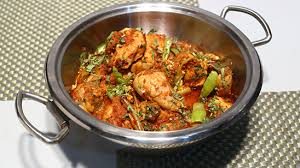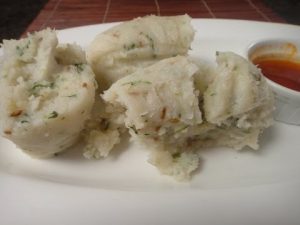Introduction
Sushi is a beloved Japanese cuisine that has gained worldwide popularity due to its delicate flavors, artistic presentation, and emphasis on fresh ingredients. Behind every exceptional sushi dish is a skilled sushi chef, who not only possesses technical expertise but also a deep understanding of the art and tradition of sushi making. If you have a passion for sushi and aspire to become a sushi chef, this comprehensive guide will provide you with valuable insights and a step-by-step approach to embark on this exciting culinary journey.
Table of Contents
- Understanding Sushi 1.1 What is Sushi? 1.2 Types of Sushi 1.3 Sushi Culture and History
- Developing Essential Skills 2.1 Knife Skills 2.2 Seafood Selection and Handling 2.3 Rice Preparation and Seasoning 2.4 Sushi Presentation and Plating 2.5 Palate Development
- Formal Education and Training 3.1 Culinary School Programs 3.2 Sushi Apprenticeships 3.3 Continuing Education and Workshops
- Gaining Practical Experience 4.1 Working in Sushi Restaurants 4.2 Internships and Externships 4.3 Creating Your Own Opportunities
- Cultural Understanding and Etiquette 5.1 Japanese Cuisine and Culture 5.2 Sushi Bar Etiquette 5.3 Language and Communication Skills
- Building a Professional Network 6.1 Industry Events and Conferences 6.2 Joining Culinary Associations 6.3 Mentorship and Collaboration
- Developing Your Personal Style 7.1 Creativity and Innovation 7.2 Ingredient Experimentation 7.3 Fusion and Cross-Cultural Influences
- Opening Your Own Sushi Restaurant 8.1 Business Planning and Funding 8.2 Location Selection and Interior Design 8.3 Menu Development and Pricing 8.4 Staff Recruitment and Management
- Continuous Learning and Improvement 9.1 Staying Updated with Industry Trends 9.2 Experimenting with New Techniques 9.3 Engaging in Ongoing Training.
Chapter 1:
Understanding Sushi 1.1 What is Sushi? Sushi is a traditional Japanese dish that consists of vinegared rice combined with a variety of ingredients, including seafood, vegetables, and sometimes fruits. The rice is typically seasoned with a mixture of rice vinegar, sugar, and salt, which gives it a distinct flavor. Sushi can be served in different forms, such as nigiri (hand-pressed rice topped with fish), maki (rolled sushi with rice and fillings wrapped in seaweed), or sashimi (thinly sliced raw fish or seafood).
1.2 Types of Sushi There are numerous types of sushi, each with its own characteristics and preparation methods. Some popular types include nigiri sushi, maki sushi, temaki sushi, and chirashi sushi. It is crucial for aspiring sushi chefs to familiarize themselves with these variations to understand the nuances and techniques associated with each type.


































